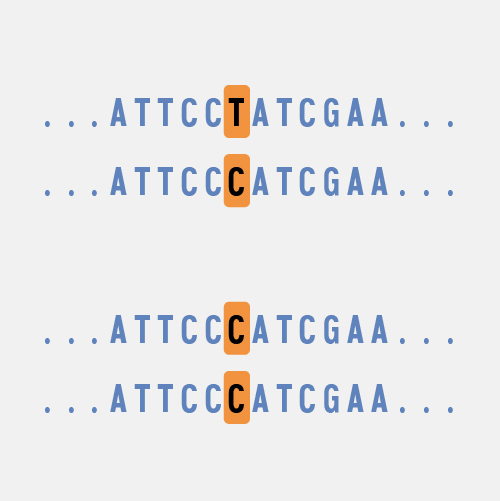
Ancestry-informative Markers
Definition
Ancestry-informative markers are sets of polymorphisms for a particular DNA sequence that appear in substantially different frequencies between populations from different geographical regions of the world. Ancestry-informative markers can be used to estimate the geographical origins of the ancestors of an individual typically by continent of origin (Africa, Asia, or Europe).
Narration
Ancestry informative markers refers to locations in the genome that have varied sequences at that location and the relative abundance of those markers differs based on the continent from which individuals can trace their ancestry. So by using a series of these ancestry informative markers, sometimes 20 or 30 or more, and genotyping an individual you can determine from the frequency of those markers where their great, great, great, great ancestors may have come from. These are generally resolved to the three major continents: Africa, Asia, and Europe. Ancestry informative markers are used in epidemiological studies to see whether or not people have the same background, and sometimes they are used in forensic studies as well.




